 LOS ANGELES-Did an earthquake cause a Utah coal mine to cave in, or did the mine collapse trigger the tremors?A fierce dispute erupted over that question Tuesday,with a top mine executive declaring on national television that he has the science to prove a quake caused the collapse. But seismologists said their instruments recorded shaking from the cave-in and not a natural temblor.Scientists believe the seismic waves in the area of the Crandall Canyon mine were"the signature of the collapse and that the collapse was not caused by an earthquake,"said James W. Dewey, a seismologist at the National Earthquake Information Center in Golden, Colo.
LOS ANGELES-Did an earthquake cause a Utah coal mine to cave in, or did the mine collapse trigger the tremors?A fierce dispute erupted over that question Tuesday,with a top mine executive declaring on national television that he has the science to prove a quake caused the collapse. But seismologists said their instruments recorded shaking from the cave-in and not a natural temblor.Scientists believe the seismic waves in the area of the Crandall Canyon mine were"the signature of the collapse and that the collapse was not caused by an earthquake,"said James W. Dewey, a seismologist at the National Earthquake Information Center in Golden, Colo.Scientists have not ruled out a natural earthquake since the region surrounding the mine is seismically active,and they do not know the exact time the mine collapsed.But,Dewey said,"the data we have seen seem more consistent with the collapse being the cause of the 'earthquake' rather than the other way around."On Monday,University of Utah seismographs recorded seismic waves of 3.9 magnitude near the mine.At least 10 aftershocks were felt more than 24 hours after the collapse,with the strongest registering 2.2 magnitude.Scientists say quakes caused by mine collapses tend to occur at shallower depths and at different frequencies than natural earthquakes.The first motions of the Utah disturbance indicated a downward movement consistent with a collapse,scientists said.If it was a natural quake,it would have produced up and down motions on the seismograms.The quake occurred anywhere from 2,000 to 8,500 feet underground.Mine officials insisted Monday's accident was caused by a natural disaster.
To read more go to:
As in the days of Noah...











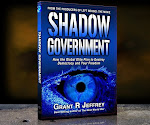


























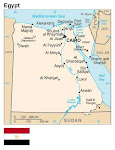





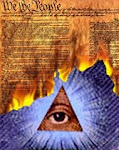


















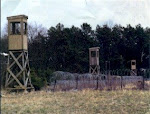





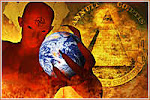



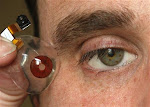












.bmp)


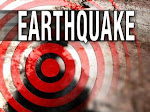





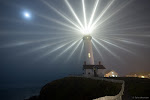


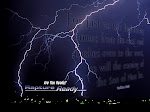
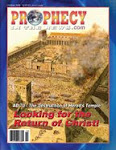












.bmp)